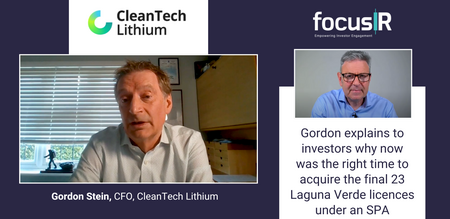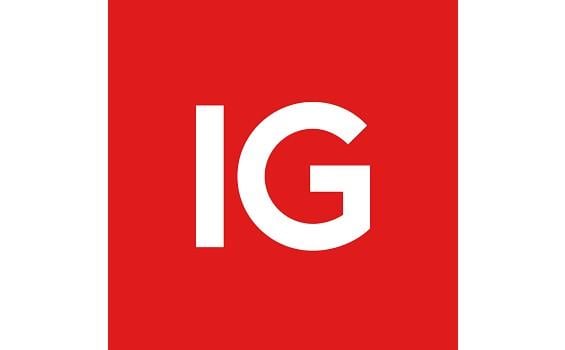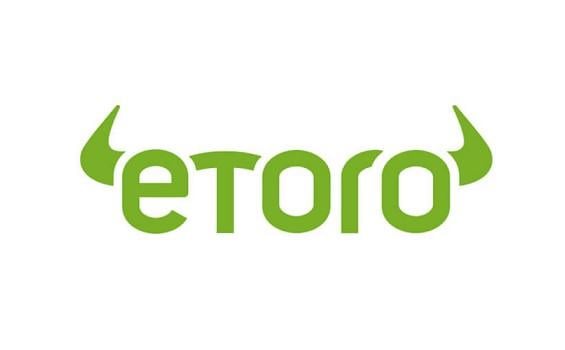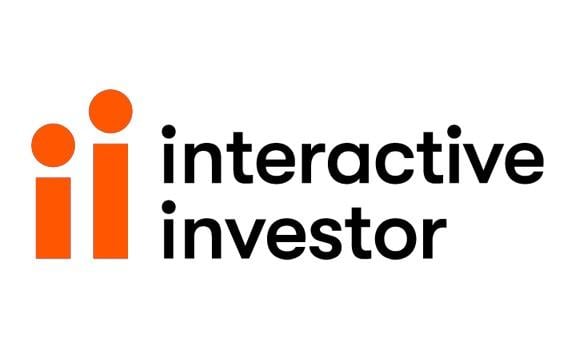- Home
- Share Prices
- AQSE Share Prices
- Euronext
- Stock Screeners
- Share Chat
- FX
- News & RNS
- Events
- Media
- Trading Brokers
- Finance Tools
- Members
Latest Share Chat
 Angle Share Price (AGL)
Angle Share Price (AGL)
AGL Share
PriceAGL Share
NewsAGL Share
Chat13AGL Share
Trades24AGL
Live RNSAGL Share
ChartsAGL Level 2
ConsoleAGL Live
Share PriceAGL Broker
RatingsAGL Directors
DealsAGL Financial
DiaryAGL
FundamentalsAGL Short
PositionsAGL
Media
Angle Information
Share Price is delayed by 15 minutes
Get Live Data
Share Price:
12.25
Bid:
12.00
Ask:
12.50
Change:
-0.25 (-2.00%)
Spread:
0.50 (4.167%)
Open:
12.50
High:
12.50
Low:
12.25
Prev. Close:
12.50
Watchlists are a member only feature
Login to your account
Don't have an account? Click here to register.| Angle Share Price | |
|---|---|
| Price | 12.25 |
| Bid | 12.00 |
| Ask | 12.50 |
| Change | -0.25 (-2.00%) |
| Volume | 553,192 |
| Open | 12.50 |
| High | 12.50 |
| Low | 12.25 |
| Prev. Close | 12.50 |
| Currency | GBX |
|---|---|
| Issue Country | GB |
| Shares in Issue | 260.58m |
| Market Capitalisation | £31.92m |
| Market Size | 15,000 |
| 52 Week High | 31.40 |
| 52 Week High Date | 04-Jan-2024 |
| 52 Week Low | 9.125 |
| 52 Week Low Date | 14-Nov-2023 |
| # Trades | 24 |
|---|---|
| Vol. Sold | 248,776 |
| Sold Value | £30.49k |
| Vol. Bought | 252,488 |
| Bought Value | £31.57k |
| PE Ratio | -1.393629 |
| Earnings | -8.79 |
| Dividend | 0.00 |
| Yield | 0.00% |
Recent Share Trades for Angle (AGL)
| Date | Time | Trade Prc | Volume | Buy/Sell | Bid | Ask | Value | |
|---|---|---|---|---|---|---|---|---|
| 23-Apr-24 | 16:23:30 | 12.30 | 15,000 | Buy* | 12.00 | 12.50 | 1,845 | O Ordinary |
| 23-Apr-24 | 16:16:31 | 12.30 | 8,100 | Buy* | 12.00 | 12.50 | 996.30 | O Ordinary |
| 23-Apr-24 | 16:05:42 | 12.335 | 8,074 | Buy* | 12.00 | 12.50 | 995.93 | O Ordinary |
| 23-Apr-24 | 15:26:15 | 12.34 | 8,071 | Buy* | 12.00 | 12.50 | 995.96 | O Ordinary |
| 23-Apr-24 | 13:43:41 | 12.50 | 150 | Buy* | 12.00 | 12.50 | 18.75 | O Ordinary |
| 23-Apr-24 | 13:40:05 | 12.1111 | 50,000 | Sell* | 12.00 | 13.00 | 6,056 | O Ordinary |
| 23-Apr-24 | 13:39:33 | 12.175 | 78,754 | Sell* | 12.00 | 13.00 | 9,588 | O Ordinary |
| 23-Apr-24 | 12:51:16 | 12.33 | 50,000 | Sell* | 12.00 | 13.00 | 6,165 | O Ordinary |
| 23-Apr-24 | 12:40:47 | 12.4013 | 21,923 | Sell* | 12.00 | 13.00 | 2,719 | O Ordinary |
| 23-Apr-24 | 12:36:09 | 12.59 | 4,606 | Buy* | 12.00 | 13.00 | 579.90 | O Ordinary |
Directors Deals for Angle (AGL)
| Announced | Traded | Action | Notifier | Price | Currency | Amount | Holding |
|---|---|---|---|---|---|---|---|
| 09-Feb-23 | 09-Feb-23 | Buy | Ian F Griffiths held the position of Finance Director at the time of this trade.Ian F Griffiths | 29.18 | GBX | 30,000 | 1,233,832 |
| 09-Feb-23 | 09-Feb-23 | Buy | Ian F Griffiths held the position of Finance Director at the time of this trade.Ian F Griffiths | 29.50 | GBX | 37,500 | 1,233,832 |
| 09-Feb-23 | 09-Feb-23 | Sell | Ian F Griffiths held the position of Finance Director at the time of this trade.Ian F Griffiths | 29.25 | GBX | 37,500 | 1,233,832 |
| 09-Feb-23 | 09-Feb-23 | Buy | Andrew D Newland held the position of CEO at the time of this trade.Andrew D Newland | 28.75 | GBX | 125,000 | 7,378,512 |
| 19-Jul-22 | 19-Jul-22 | Buy | Ian F Griffiths held the position of Finance Director at the time of this trade.Ian F Griffiths | 80.00 | GBX | 37,500 | 1,241,332 |
Share Discussion for Angle (AGL)
Angle
Revolutionising cancer care through the power of liquid biopsy: Discover FDA-cleared Parsortix® PC1 system, global laboratory services






